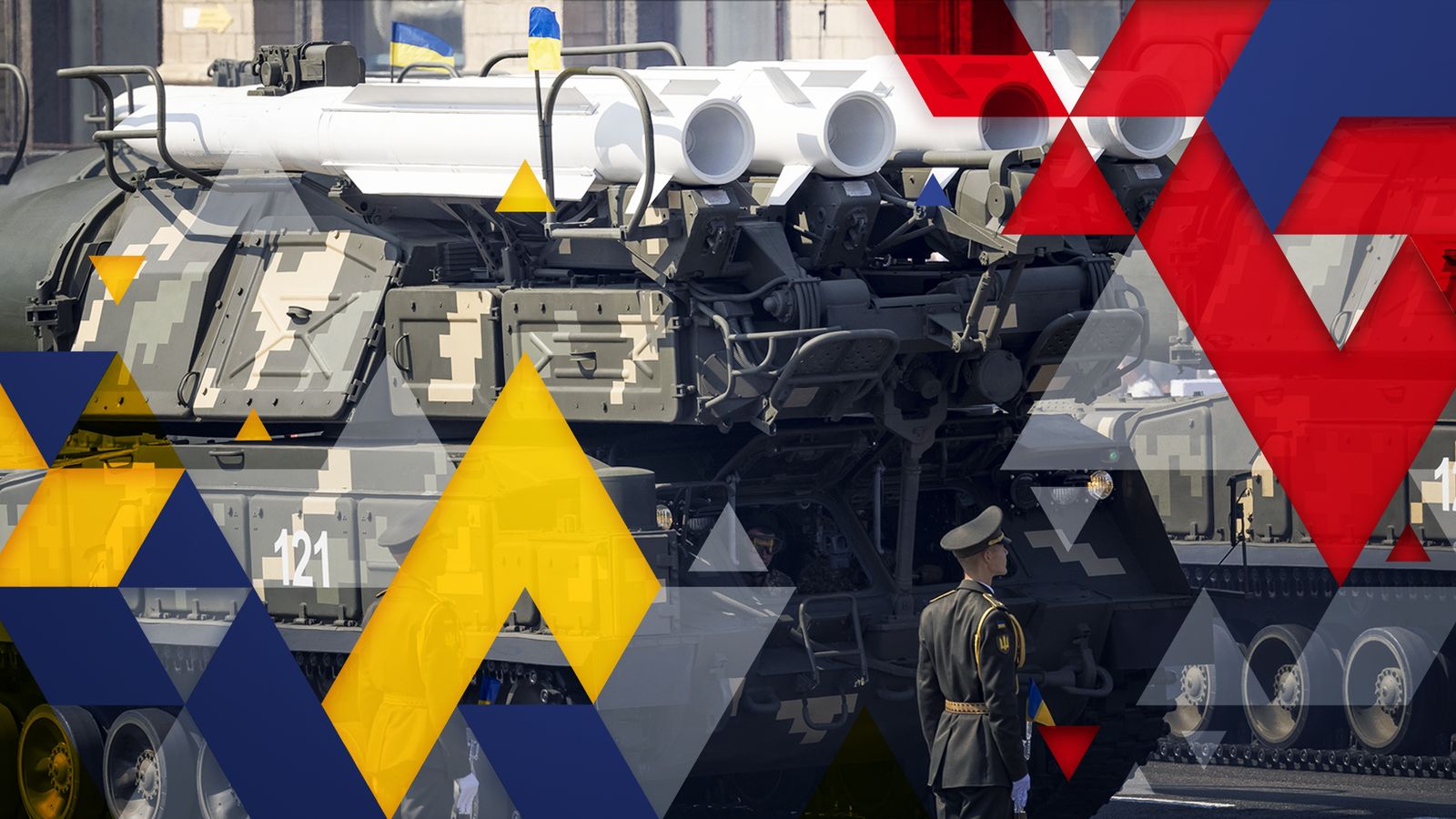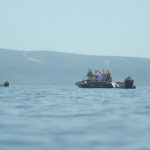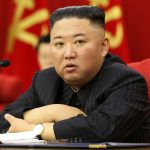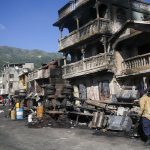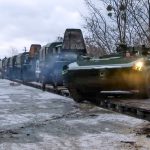Kept at rapid notice to move, the NATO alliance has a 40,000-strong force of soldiers, sailors and airmen permanently ready to mobilise in a crisis.
The US referred to supporting this NATO Response Force, or NRF, when it put 8,500 troops on “heightened alert” to deploy to Europe as tensions escalate with Russia and the potential for a new invasion of Ukraine looms large.
There is no plan to send NATO forces into Ukraine in the event of a Russian attack as the country is not a member state.
But the alliance has made clear it would bolster NATO’s eastern and southeastern flank with more troops to shore up its own defences.
The NRF draws on servicemen and women from across the 30-country NATO alliance.
Units slot into a land, air, sea or special operations role for a 12-month period during which time they are the first responders in an emergency – from a military threat to a natural disaster.
The North Atlantic Council – the main political decision-making body of the alliance – can decide to activate the force. For example if recommended to do so by NATO’s top military commander, US General Tod Wolters.
Ireland fires broadside at Russia over naval drills plan off coast – but lacks military muscle to do much else
Ukraine talks: European diplomats remain nervous as NATO talks depend on ‘Russians backing down’
Ukraine talks: ‘Real risk’ of new armed conflict in Europe, NATO chief warns after meeting with Russians
The NRF has never been mobilised to respond to a Russian threat – yet.
At the sharpest end of the NRF is a “spearhead force” of some 20,000 military personnel – including a 5,000-strong land brigade.
They are at the very highest level of readiness to fight.
For land forces, that usually means seven days’ notice to move, though that mobilisation time has been cut to five days because of tensions with Russia – and even down to 48 hours for some elements.
France leads the high-readiness land brigade this year, having taken over from a Turkish unit.
It is due to handover to a German brigade in 2023 – an example of how roles rotate. It was the UK’s turn in 2017.
Please use Chrome browser for a more accessible video player
There are also warplanes, warships and special operations forces across the alliance on short notice to mobilise, comprising some 15,000 servicemen and women in total.
The Royal Navy’s HMS Prince of Wales aircraft carrier took over command of the maritime arm of the high-readiness force at the start of the year on the flagship’s maiden deployment.
With land, sea and air combined, the so-called Very High Readiness Joint Task Force, or VJTF, was created by allies to bolster defences after Russia annexed Crimea in 2014 – a move that caught NATO off guard and triggered a significant overhaul of its defence policy.
The NATO Response Force also comprises another 20,000 military personnel in a follow-on role and ready to mobilise if a crisis lasts beyond a few days or weeks.
They are in turn split between 10,000 troops on notice to move within 30 days, and the others ready in 45 days.
Read more:
Explainer: What’s happening with Russia and Ukraine?
What do satellite images reveal about Russian bases?
As well as the emergency troops, NATO already has forces operating across its eastern and southeastern flanks in deployments on land, at sea and in the air to deter Russian aggression.
A high-profile part of this are four battle groups – each with about 1,000 soldiers – based in the Baltic states of Estonia, Latvia and Lithuania, and also in Poland.
The so-called Enhanced Forward Presence was established in 2014 as a direct response to Russia’s annexation of Crimea and backing of separatists in the east of Ukraine.
Please use Chrome browser for a more accessible video player
The UK heads the Estonia battlegroup, Latvia has Canada, Germany is in the lead in Lithuania, and the US heads the battle group in Poland.
NATO has signalled it is ready to increase its presence along its eastern and southeastern borders should President Putin decide to launch a new invasion of Ukraine.
Boris Johnson has revealed that British forces would contribute to any new NATO deployments but did not say how many personnel are being considered.
The high-readiness troops and NATO deployments across Europe are designed to respond to an emergency or to deter threats.
However, they are not the only forces that allies would turn to in the event of a military attack against a member state.
Such an offensive would likely prompt allies to invoke Article 5 of NATO’s founding treaty, which states than that an attack against one is an attack on all.
This would enable the alliance to draw on the individual militaries of each country – a total strength of some 3.5 million military personnel.
But that level of force would only really ever be called upon at a moment of existential peril on the level of a third world war.
